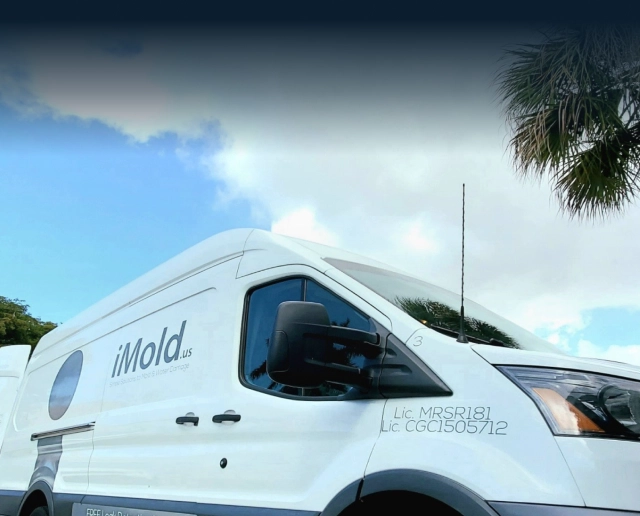There are many possible dangers associated with having any type of mold growing in your home. Toxic mold can cause even worse symptoms and health issues.
The good news is toxic black mold is not likely to cause death, but it can cause other severe health problems. Today we will discuss the dangers of toxic mold and how it can harm your health.
Who is Most Vulnerable?
Toxic mold typically affects the following people:
- People who are elderly or very young
- People who have weakened immune systems
- People who have a mold sensitivity
People who are quite old or young tend to have weaker immune systems. This makes them more susceptible. There are other causes of weak immune systems, such as certain diseases or illnesses. People with such are at a higher risk as well. Of course, if you have a mold allergy, you would likely have a worse reaction to toxic mold than someone without one.
What Is Toxic Black Mold?
There are several different types of black mold, but they are not all toxic. This is a popular misconception, but many people refer to the toxic type of mold as “black mold.” Stachybotrys chartarum, the most commonly known “black mold,” is toxigenic. This type of mold may impact your health.
How Does It Grow and Spread?
Toxic black mold grows and spreads most easily in areas with high humidity. It often grows in places that tend to be damp, like your kitchen, bathroom, and laundry room. Moisture in this area creates an excellent environment for mold growth. However, it can also grow in your walls, furniture, or other places with poor ventilation. Water-damaged areas are a breeding ground for black mold growing in your home. Any leaks from broken appliances or pipes cause the risk of black mold.
This type of mold can travel through the air through mycotoxins, resulting in you breathing it in. Mycotoxins are released when a patch of mold is disturbed. Occasionally, this type of mold may grow on food, and you can consume it if you are not careful.
Common Health Effects and Symptoms
In some cases, reactions to mold exposure can consist of allergy-like symptoms. These are symptoms such as a runny nose, sneezing, or coughing. If you experience an allergy-like reaction from black mold exposure, talk to your doctor about treatments.
In other cases, reactions may be much worse. Toxic black mold can cause several reactions, including:
- Severe respiratory issues
- Anxiety
- Depression
- Memory loss
- Muscle and joint pain
- Vision problems
- Lung disease
This is often known as mold toxicity or mold poisoning. It is also known as mycotoxicosis. However, it can be tough to diagnose, especially if you are unaware of the mold in your home. You should ask your doctor about your options to treat possible mold toxicity.
A woman in Florida recently developed chronic inflammatory response syndrome. This syndrome was caused by mold in her apartment building. Even after moving out, the illness stayed with her. A jury awarded her $48 million for this case. Though toxic mold doesn’t affect everyone the same way, it is vital to be aware of the damage it could cause.
How Do I Remove Toxic Mold?
If you believe your home has toxic black mold, it may be possible to remove it yourself. You can remove it using a bleach solution and proper protective gear. Be sure to research before you attempt to clean it yourself. If you have black mold growing in a large area of your home, it is best to hire a professional mold company to remove the mold. iMold offers free mold inspections and fast quotes.
How Do I Prevent Toxic Mold?
Fix or stop any leaks in your home to prevent black mold. You should also fix and replace any water-damaged areas of your home. It is also essential to make you control humidity and ventilation properly. Humidity in your home should stay below 50%. It may be good to invest in a humidifier. You should also clean and dry any areas in your home where moisture is common. You may want to use mold-resistant products in your home to prevent growth.
Although toxic black mold may not always dangerously affect you, it is still best to be aware of the risks. Removing it when you discover it is essential to keeping you and your home healthy. Follow us on Instagram, Twitter, and Facebook!

